Embracing horror thanks to my Big Baby Horror Fest this year has not only allowed me to become a fan of the genre, but it taught me a lot about how and why horror movies work in the first place.
After watching 31 horror movies back-to-back, it became clear that there are several things that horror movies seem to require. Here they are, in no particular order, from my newbie horror fan perspective.
Horror movies usually start with the protagonist’s trauma
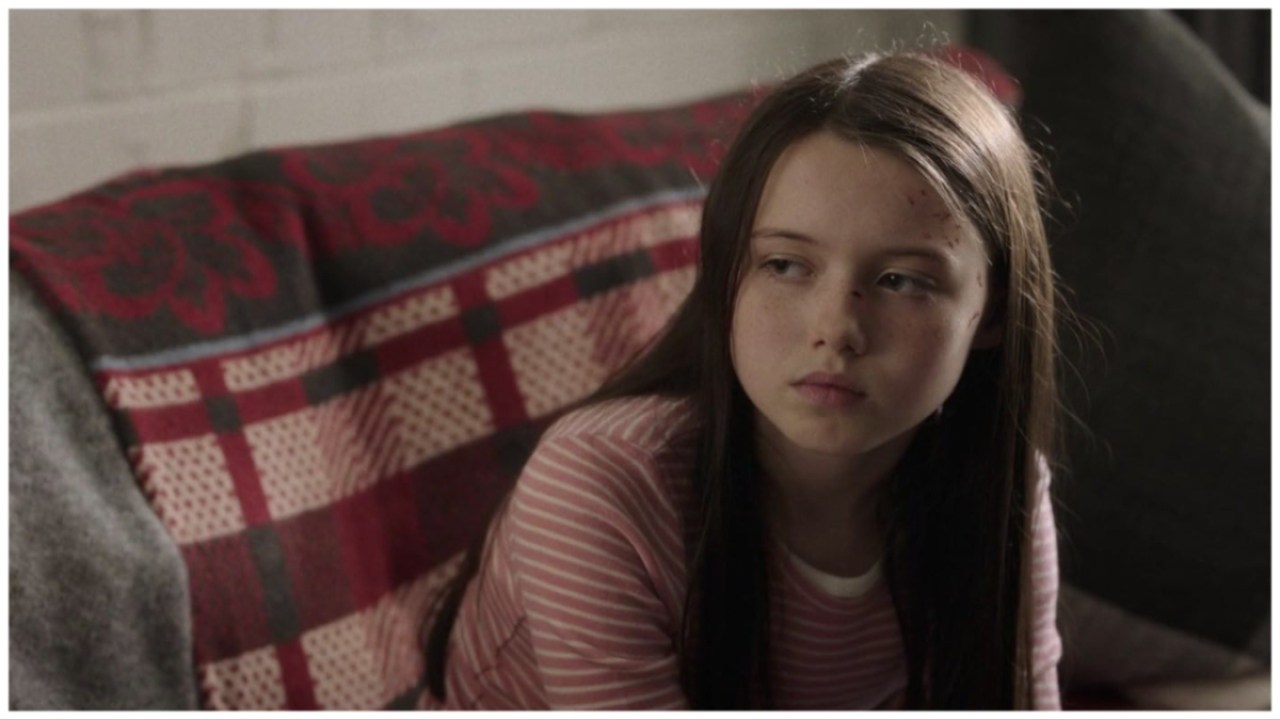
Of the 31 films I watched, 18 of them (60%!) featured protagonists who had experienced some sort of trauma at the beginning of the film, or earlier. Midsommar: Dani’s sister kills their parents and dies by suicide. M3gan: Cady’s parents die in a car accident. The Descent: Sarah’s husband and daughter are killed in a car accident. Smile: Rose’s patient dies by suicide in front of her. Julia’s Eyes: Julia’s sister dies in an apparent suicide. The Babadook: a pregnant Amelia is widowed after her husband dies in a car accident.
Basically, if you’re watching a horror movie, someone close to the protagonist will usually die, often by suicide or in a car accident, apparently.
Horror movie protagonists are terrible at relationships
People in horror movies don’t know how to have healthy relationships of any kind. Horror movie protagonists are either terrible romantic partners, or terrible at choosing them. They are terrible parents. They are terrible friends or family members. And if they have a job that involves dealing with people on a personal level, like being a therapist, social worker, or journalist, they will be terrible at that job.
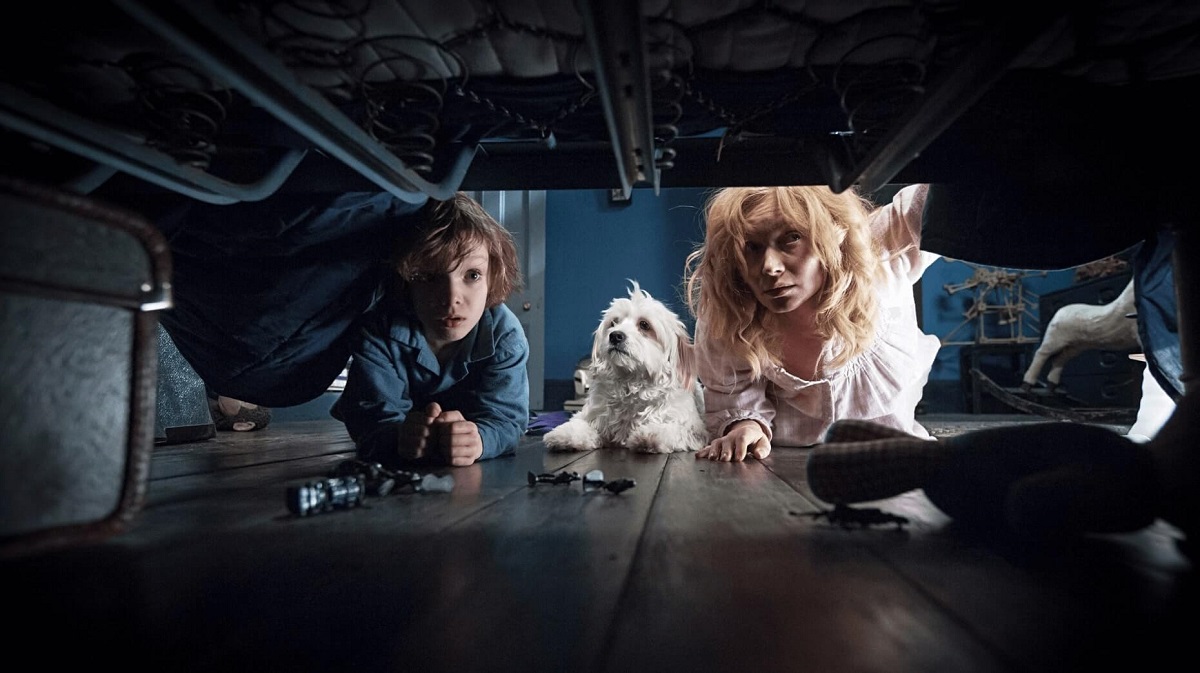
Nearly all 31 films I watched during the Big Baby Horror Fest featured protagonists who were either unlucky in love or were terrible friends, horrible parents, incompetent at their jobs, or any combination of those things. The only film where at least one of those things wasn’t true was Tigers Are Not Afraid, and that’s only because the protagonist, Estrella, was a child still learning how to be human in the first place. Even though she was living on the street after her mother was murdered by drug dealers, Estrella did a better job at handling her trauma and forming and maintaining relationships than the adult protagonists in all the other films.
Kids are the best.
Horror movie characters have terrible attitudes toward mental illness
Whenever someone in a horror film expresses seeing or hearing things, everyone around them not only doesn’t believe them but treats them terribly for daring to share their experiences. It’s as if their visions or fears are a personal failing. Of course, there’s plenty of stigma around mental illness in real life, so having this reflected in horror films is likely part of the point. But it’s often done to an unreasonable degree!
For example, Smile‘s protagonist Rose is a therapist who begins to have the same terrifying experience as the patient she watched slit her own throat. Rose begins to see people smiling creepily at her and having full-on “hallucinations” of phone calls and in-person conversations with people.

It’s understandable that her experiences would be difficult to believe, but her fiancé basically yells at her from the moment she’s fully honest with him! You’d think that if someone you claim to love confessed that they were seeing or hearing things, you’d want to respond with some kind of compassion or care. Even if you don’t believe what they’re saying, you know they believe it. They’re scared, confused, and desperately need your help.
Instead, Rose’s fiancé screams at her for “ruining everything” with her “crazy,” and her sister (who knows their mother’s history with mental illness), shuts Rose out of her life for daring to have possibly inherited similar mental health issues. She’s rejected by the people closest to her, instead of receiving any sort of kindness or understanding.
Apparently, no one in a horror movie can have any concept of how mental health issues should be framed or handled.
Marginalized characters make for better horror protagonists
Horror has always been a space for people who don’t quite fit into the mainstream. It’s a genre perfect for examining the human experience from unique, underrepresented perspectives. Even if a horror film doesn’t have an ostensibly feminist perspective and pedigree like Jennifer’s Body or The Slumber Party Massacre, there’s a reason why the Final Girl is a horror trope, and why so many great horror films tend to have women protagonists at their centers.
When horrors crop up in the real world, women tend to experience the worst of it, simply by virtue of being women. Add race, queerness, gender that exists outside a binary, or disability to the mix, and that compounds the horrors and their effects.
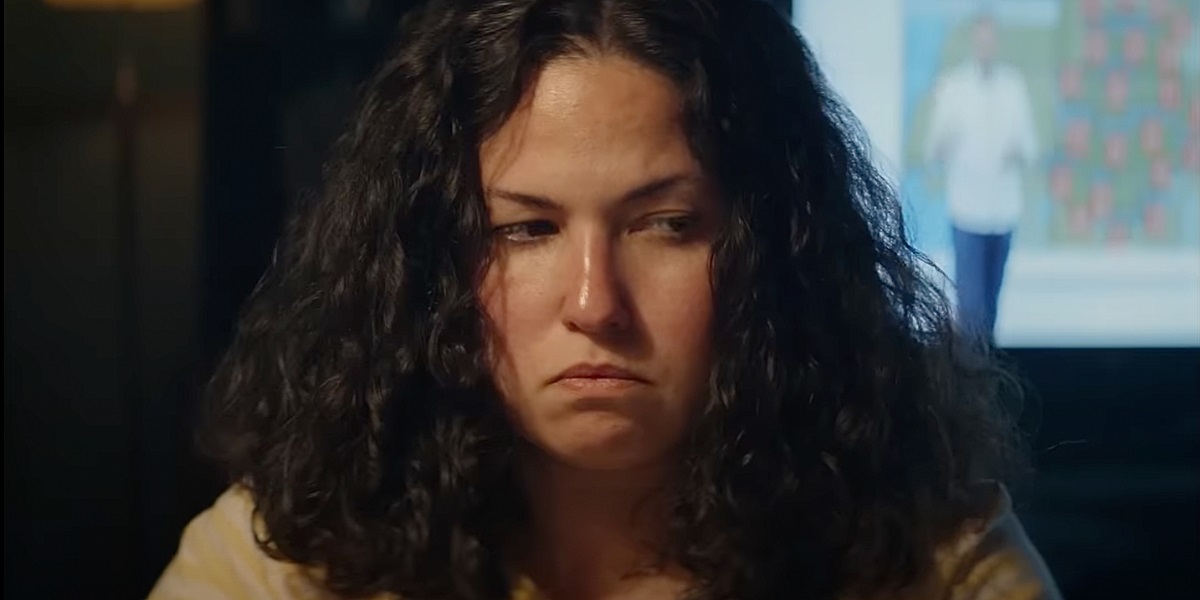
Of the 31 films I watched, 20 had female protagonists. I didn’t specifically seek out “movies about women,” but they happened to be in the vast majority of films that were recommended to me. What’s interesting is that of those 20 films, only 6 (30%)—Tigers Are Not Afraid, The Babadook, Piggy, Jennifer’s Body, The Slumber Party Massacre, and Huesera: The Bone Woman—were written and directed by a woman, and two additional films (Ginger Snaps and The Curse of La Llorona) had men directing screenplays written by women.
The film industry seems to understand that there’s something valuable about watching women overcome horrors in a movie. Now, if only they would find value in having more women create and tell those horror stories themselves.
While (mostly white) women fared well in horror protagonist representation, protagonists of the global majority, queer protagonists, and disabled protagonists fared less well. Out of 31 films, only four had Latine leads (meaning leads from Latin America), two had Black protagonists, and two had Asian protagonists (and that’s because one of them was a South Korean film). Two films—Julia’s Eyes and Freaks—featured disabled protagonists, and two films—Jennifer’s Body and Attachment—featured queerness that was text, rather than subtext.

The underrepresented leads in these films made their stories so much richer. There’s a huge difference between a generic revenge story and a revenge story told through the eyes of someone who’s been marginalized by the world simply for existing as they are.
I’m so glad that I’ve finally gotten over my automatic aversion to horror as a genre. It really is a wonderful space to explore if you have an interest in examining society’s margins and shining a spotlight on communities that don’t get the attention they should. More of that, please!
(featured image: A24)



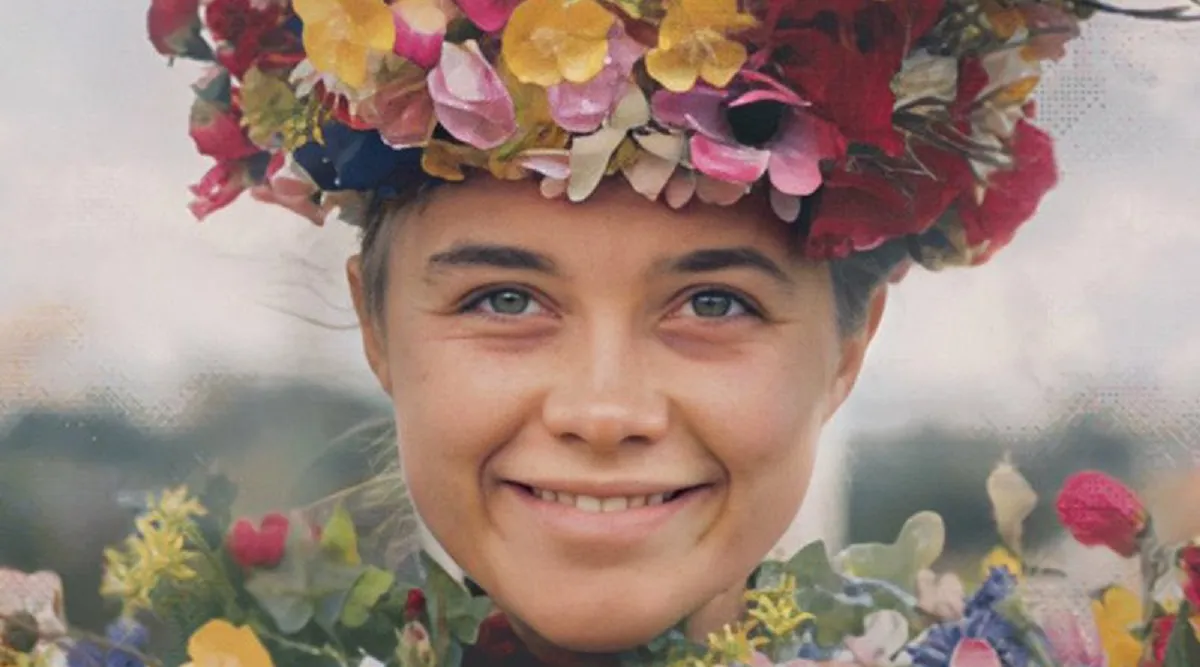




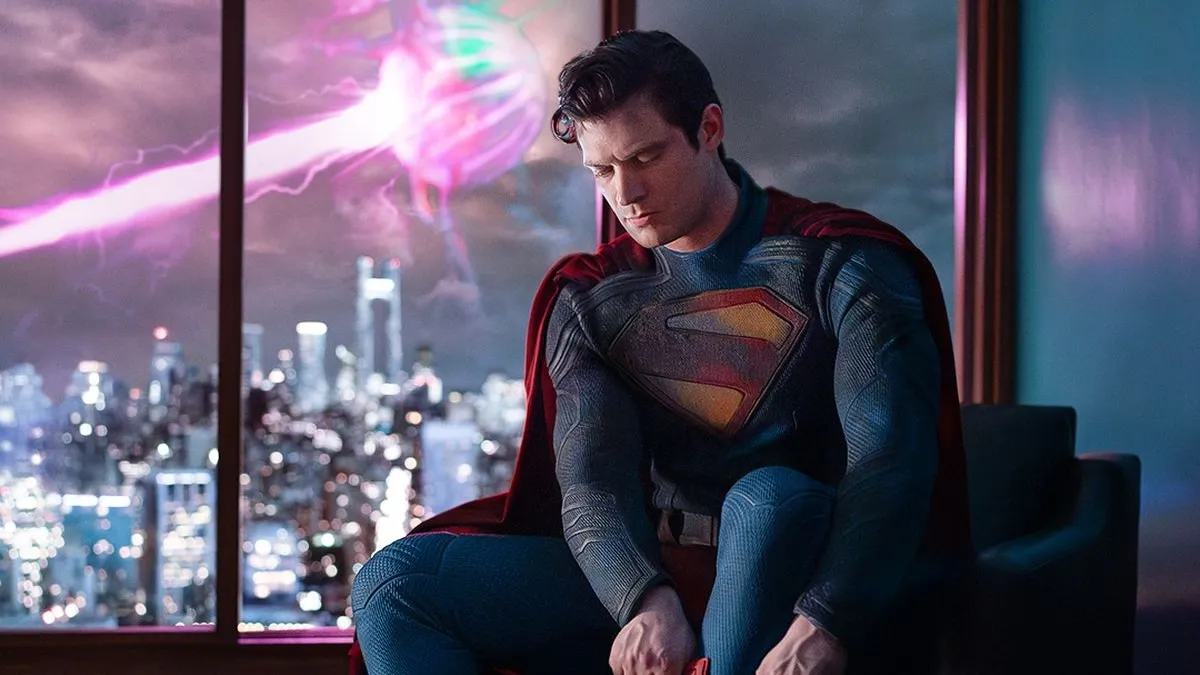
Published: Nov 10, 2023 07:59 am